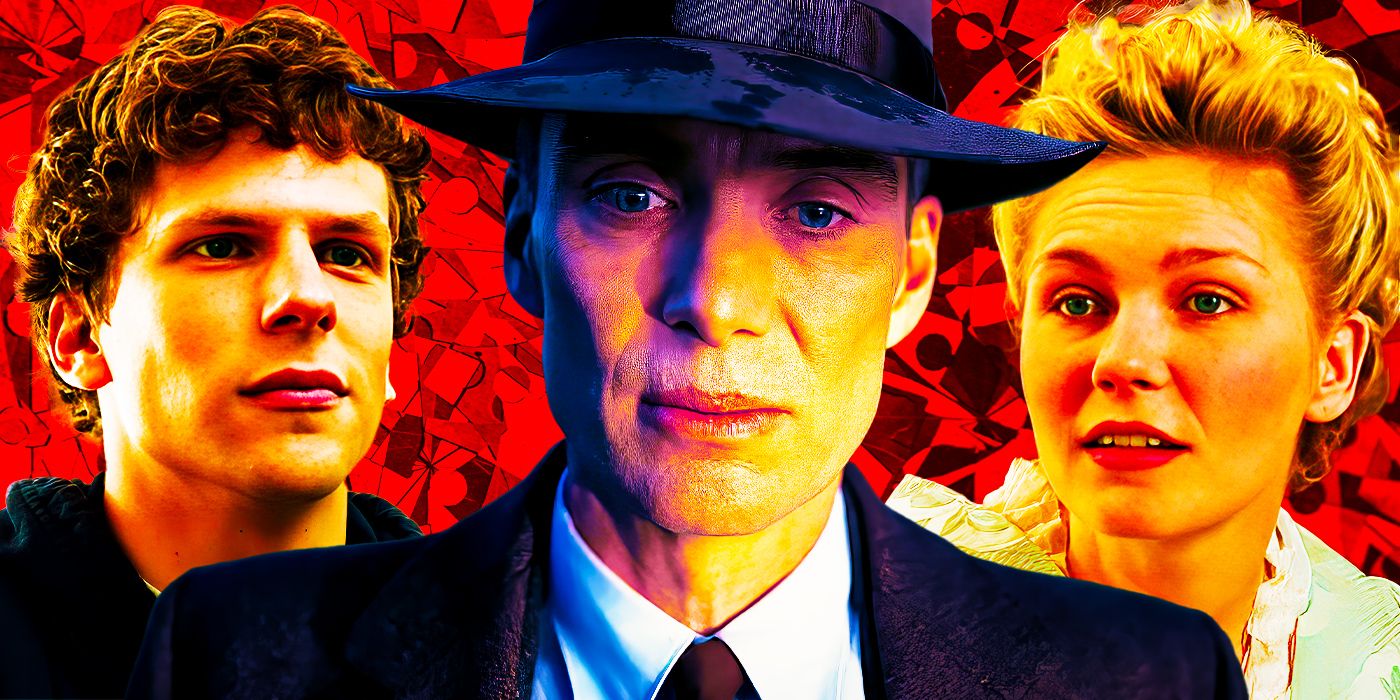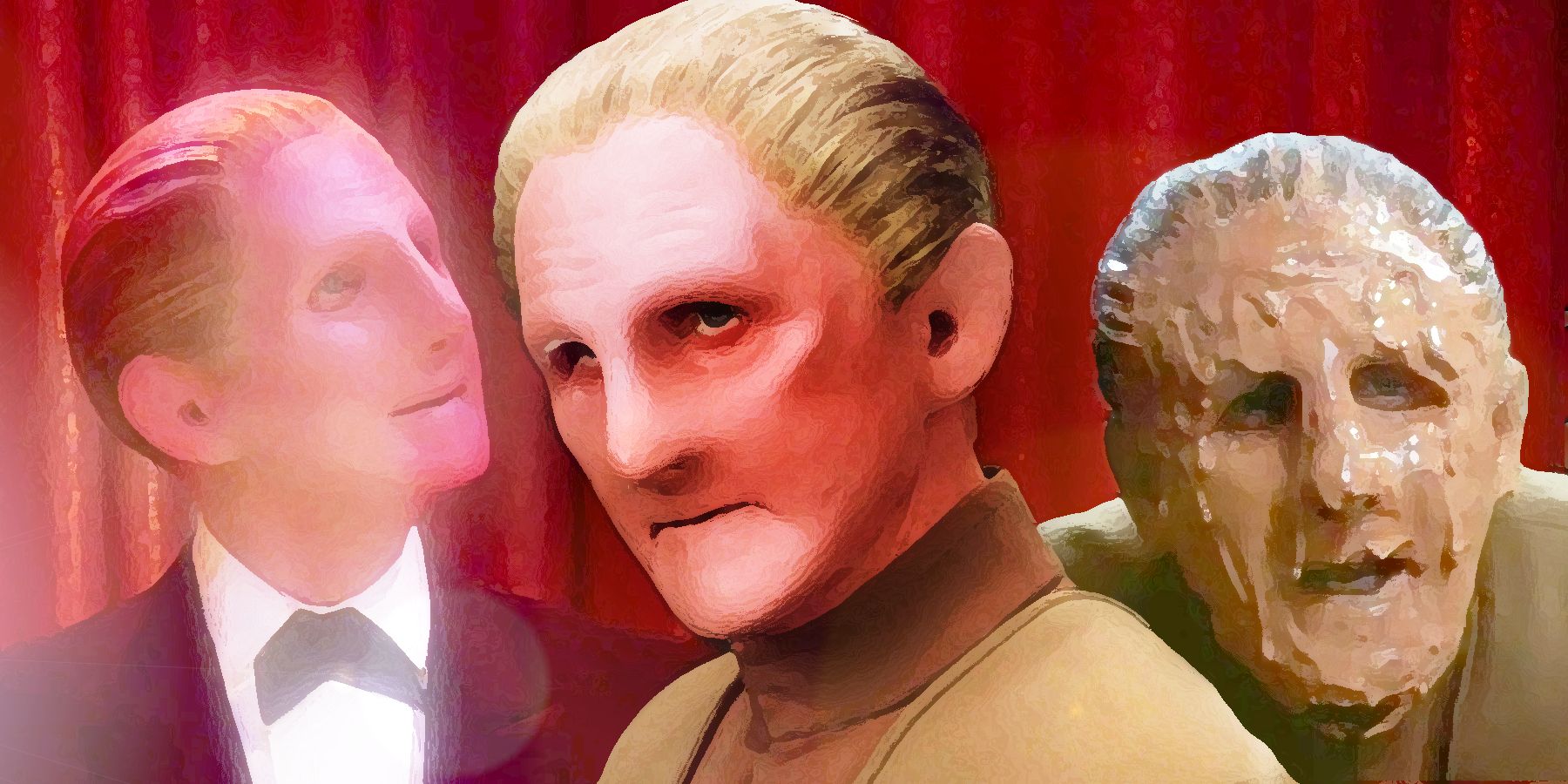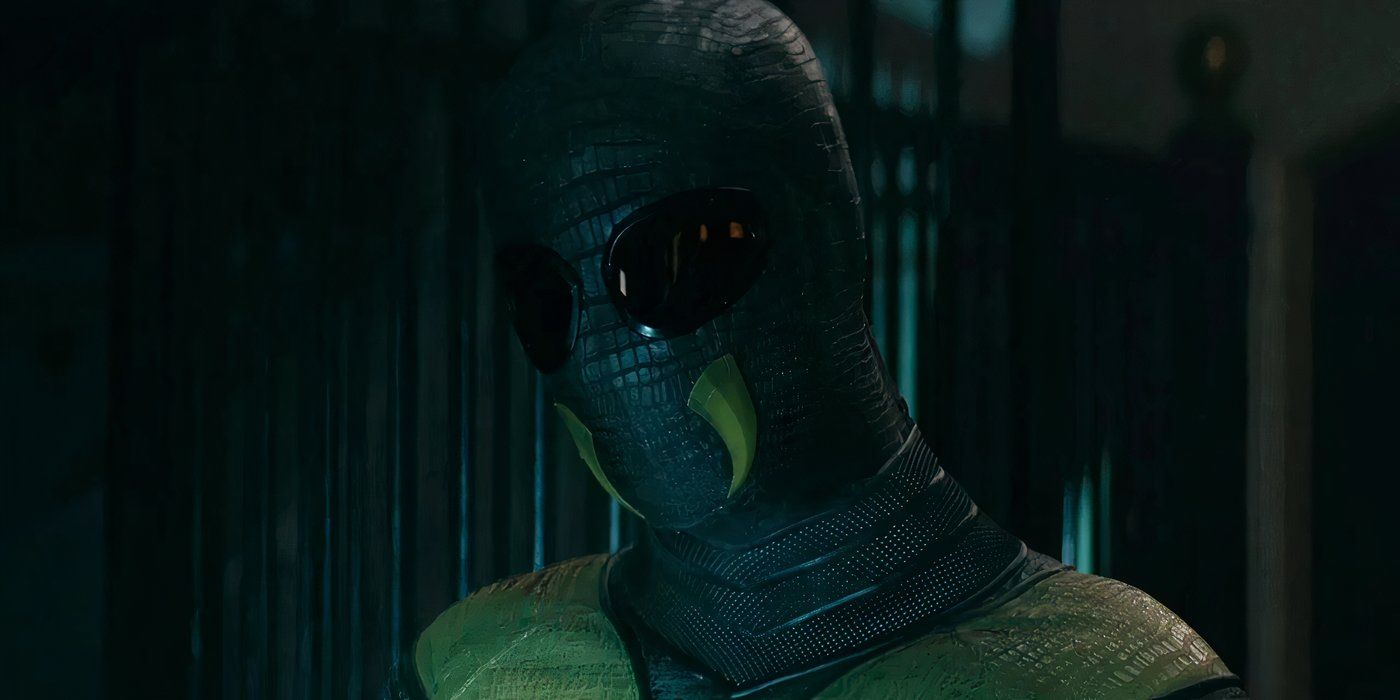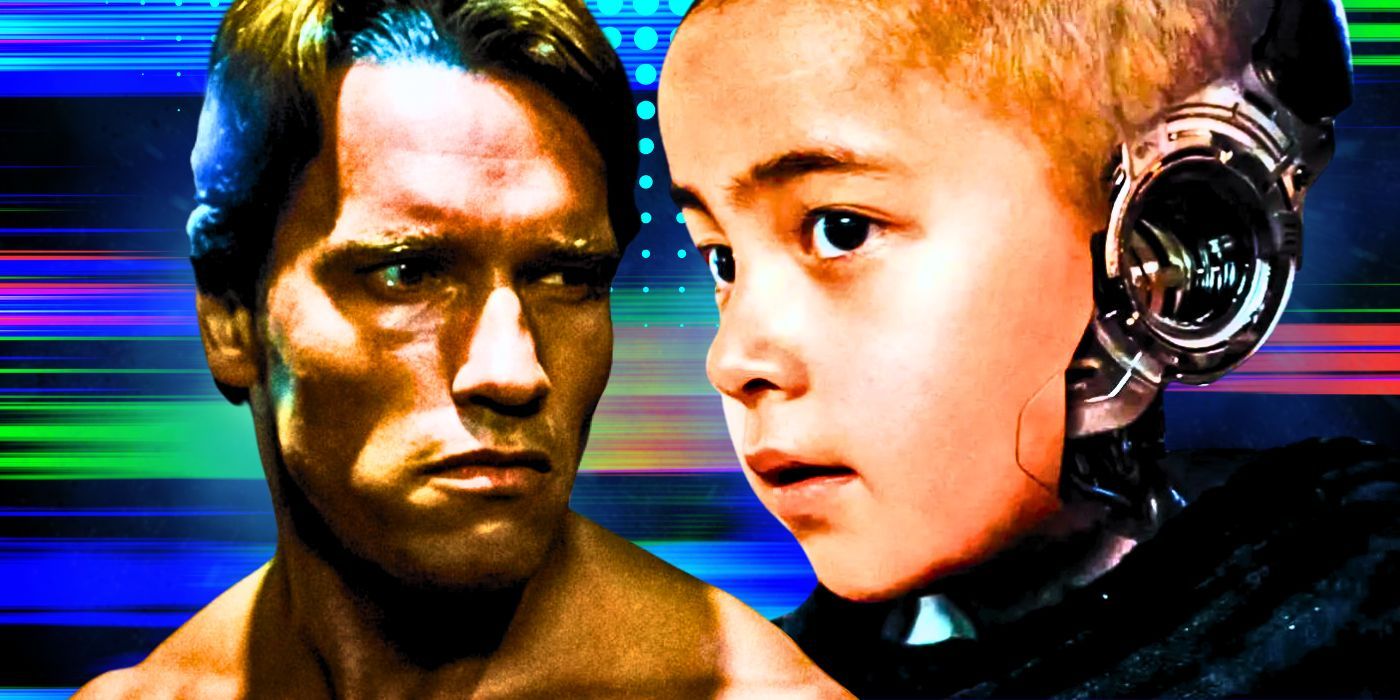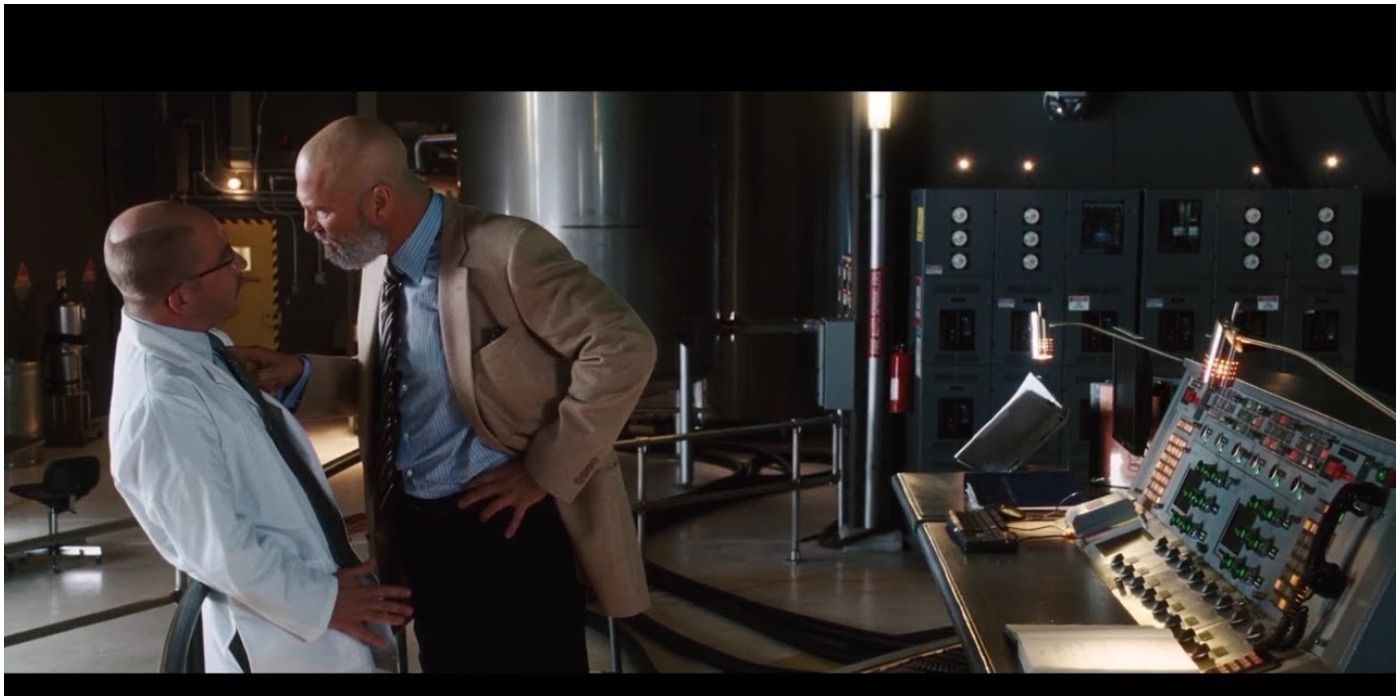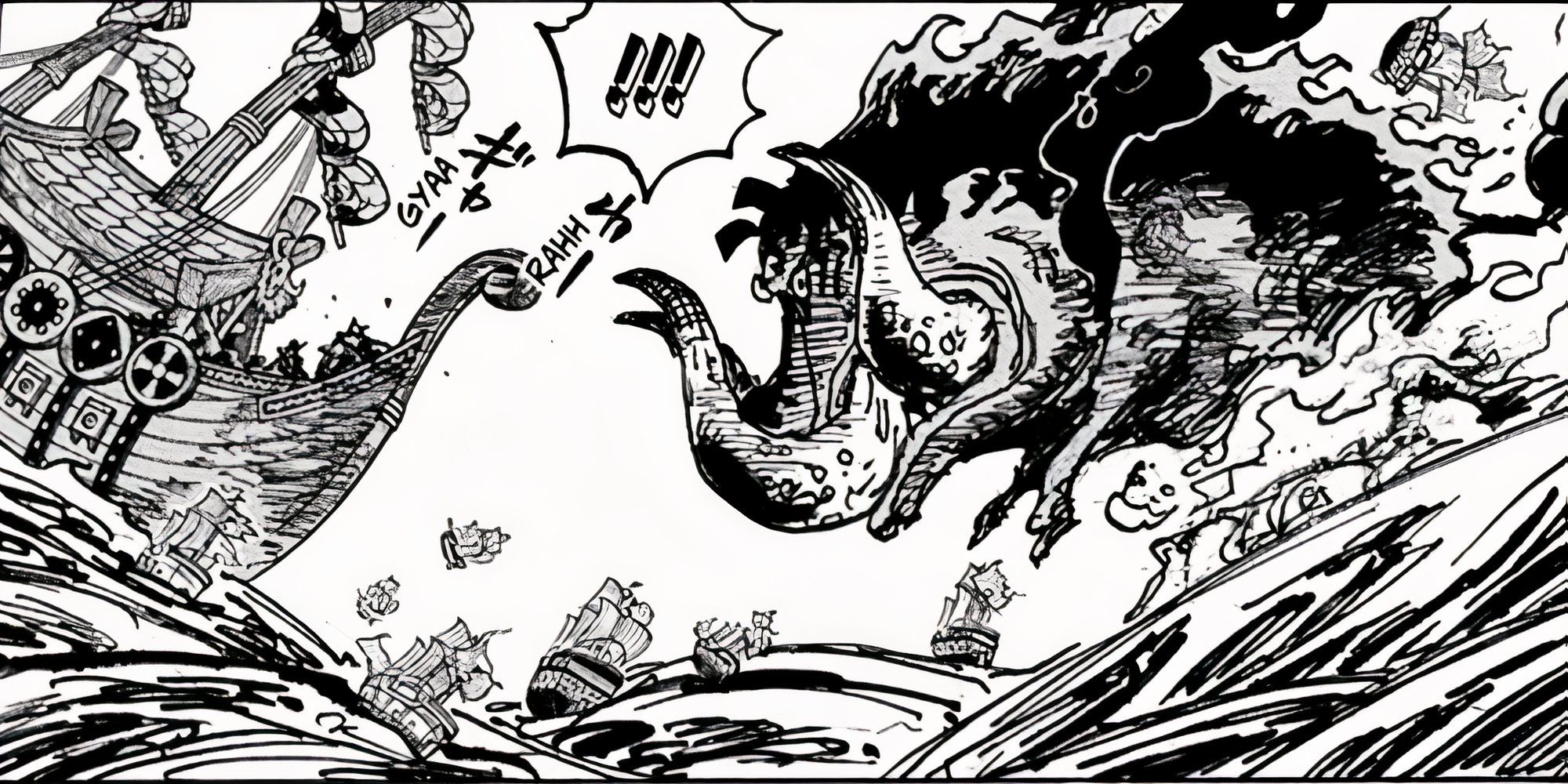Here’s every time Batman‘s Wayne murders were adapted into live-action, and the unique aspects of each retelling. Bruce’s origin story is so well known, the deaths of Thomas and Martha Wayne are deeply embedded into several generations of cultural consciousness. Rich couple gunned down by thug outside a theater, son goes on to become Gotham City’s brooding masked vigilante, the rest of the story plays out in almost a century’s worth of comic books, movies and TV shows.
Even though Bruce Wayne’s origin story is common knowledge, each new iteration of the Caped Crusader generally has his own version of the Wayne murders. Some live-action interpretations are nothing more than a formality to give Batman newbies some context as to why a filthy rich adult male is parading around town in that outfit. However, other depictions of Bruce’s traumatic turning point add new details, either in terms of visuals and design, or with fresh story developments.
Taking into account both film and TV, these are the various Wayne murder scenes, and the differing ways they approach the fabled formation of an iconic superhero.
Batman 1989
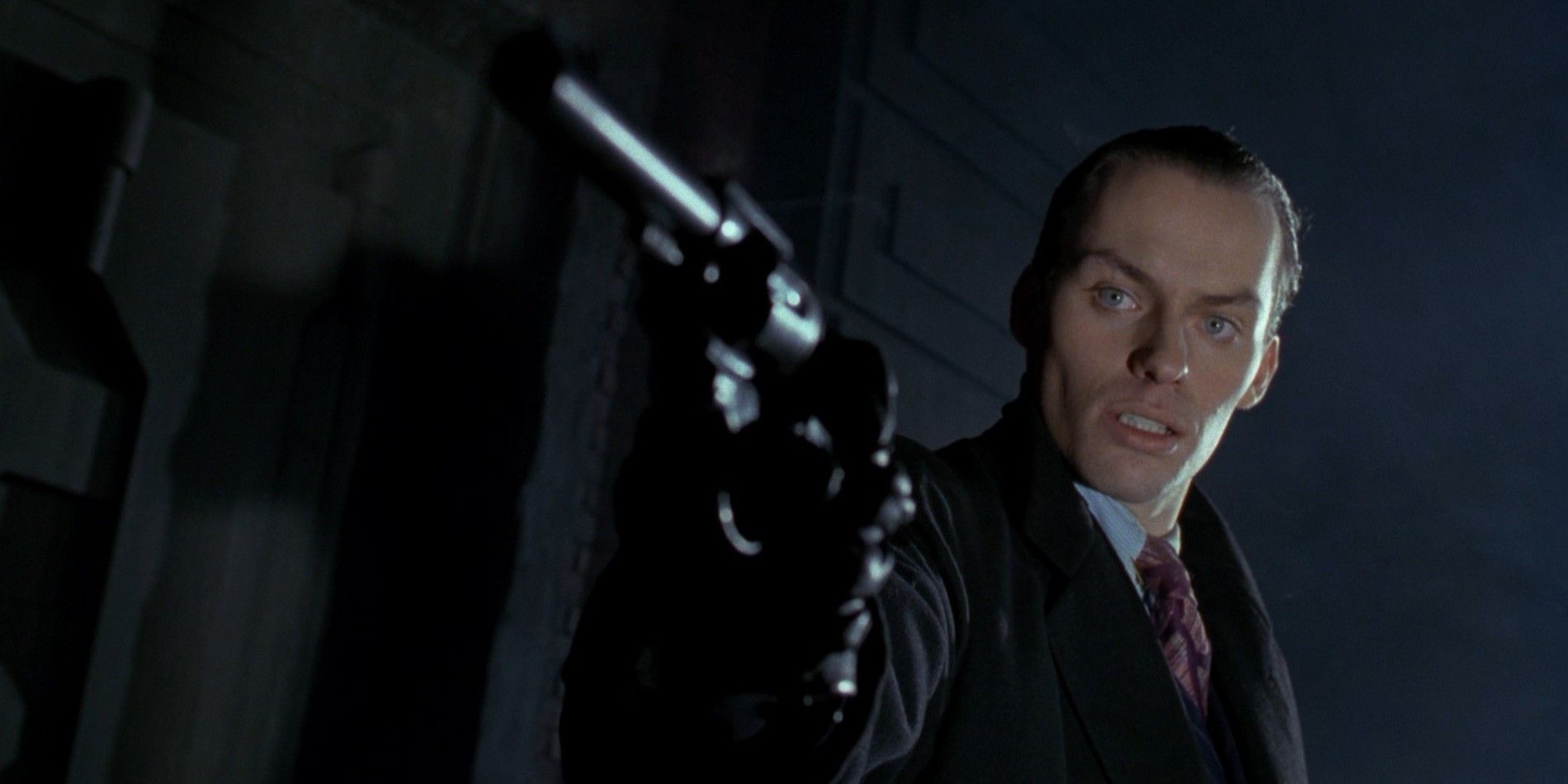
Tim Burton was the director charged with bringing the Wayne murders to live-action first, and in the offbeat filmmaker’s typical style, he deviated heavily from the traditional comic story. The scene begins familiarly enough, with the Wayne family exiting a movie theater and making their way home via the dark and dangerous streets of Gotham City. Rather than just Joe Chill, however, the trio are approached by 2 criminals – Chill and a young Jack Napier. While Chill attempts to relieve the Waynes of their valuables, it’s Napier who steps in and shoots both parents when Thomas puts up a fight, much to Chill’s obvious horror. In a further twist, it seems that Napier intends to murder young Bruce too, until Chill calls him away.
Another Burton addition is Napier’s iconic “dance with the devil in the pale moonlight” line that Napier delivers while brandishing his gun in Bruce’s face. The shocking revelation that a young Joker was responsible for gunning down Bruce’s parents adds a more personal edge to Batman‘s central hero vs. villain dynamic, ramping up the stakes in the Dark Knight’s first modern big screen adaptation and making Bruce’s feud with The Joker more meaningful for those who are unfamiliar with their comic history.
However, the Batman 1989 flashback does begin a trend that would remain a near-constant feature over the years, where the Wayne murders flashback is framed in a hazy, dream-like style. Events appear to run in slow-motion, there’s minimal dialogue, and the incidental sounds echo loudly. This creates the impression that the audience is directly witnessing Bruce’s own traumatic memory, and the technique would become a standard feature of the death of the Waynes on film.
Batman Forever

While there’s some degree of continuity between Tim Burton’s Batman movies and those of Joel Shumacher, Val Kilmer’s Batman is essentially a brand new Bruce, and this new era is cemented by a revised origin story for Gotham City’s mysterious man in black rubber. This live-action retelling of the Wayne murders takes place in an entirely different context, with Bruce prompted to recall the traumatic event by Nicole Kidman’s Dr. Chase Meridian during the couple’s therapy/flirting sessions
Batman Forever‘s Wayne murders are much less detailed compared to other live-action flashbacks, with Bruce experiencing involuntary PTSD flashes. Borrowing from Burton, the updated origin story does have the same ethereal feel, retaining the slow motion visuals and heavy audio reverb from 1989’s Batman, but this time drowning the picture in a bright blue hue, furthering the idea that viewers are merely watching Bruce’s second-hand recollection of events.
Consistent with Schumacher’s more cartoonish take on Batman, this vision of the Wayne murders is far more dramatic than Burton’s, using a notably more gothic, foggy setting and a dramatic spotlight drawing attention towards the two dead bodies. Another unique feature are the falling roses among the standard broken pearls, but unlike the previous live-action version of this scene, only Joe Chill (an anonymous shadow in Batman Forever) is responsible for the crime.
Christian Bale’s Batman Era
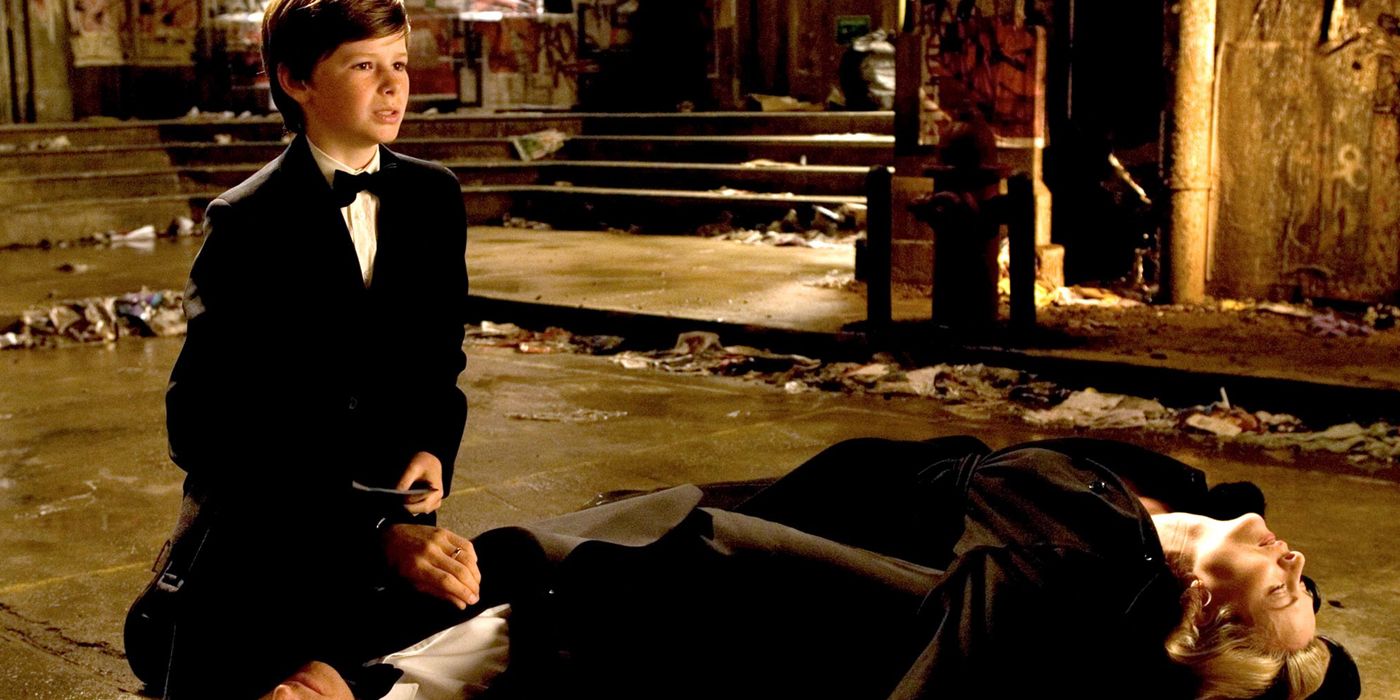
When Christopher Nolan took over the Batman reins, he sought to deliver a far more realistic and modern Caped Crusader, and those core qualities can be felt even in the Wayne murders flashback. For starters, the dream-like qualities of past efforts are long gone, and the scene plays out just like any other sequence in the movie, introducing proper dialogue between the characters and dropping the heavy visual and audio effects. Likewise, Joe Chill is no longer a snappily-dressed and shadowy gangster, but a haggard urban criminal, more comparable to real world muggings.
One curious change to the narrative is that the Waynes are attending the opera on the night of their deaths, rather than the movie theater, but more significant is Bruce’s active role in the tragedy. The scene highlights that Bruce was the one who wanted to leave the concert, (although Thomas kindly covers for the youngster) and this is why the Waynes find themselves outside alone in a back alley. In this depiction, Thomas remains calm and immediately begins handing over his valuables, but when Chill turns his weapon to Martha and demands her jewelry, Thomas reacts and is shot for his trouble. Chill then grabs the familiar necklace from Martha’s neck and shoots her too before escaping into the night.
In stark contrast to the hazy memories of the Burton and Schumacher eras, Nolan delivers a straightforward interpretation of the Wayne murders that feels visceral and painful rather than foreboding and dramatic. One unique emotional touch comes from Thomas affording his son a few encouraging last words with his dying breaths, developing their relationship more than any previous movie Batman.
Batman V Superman
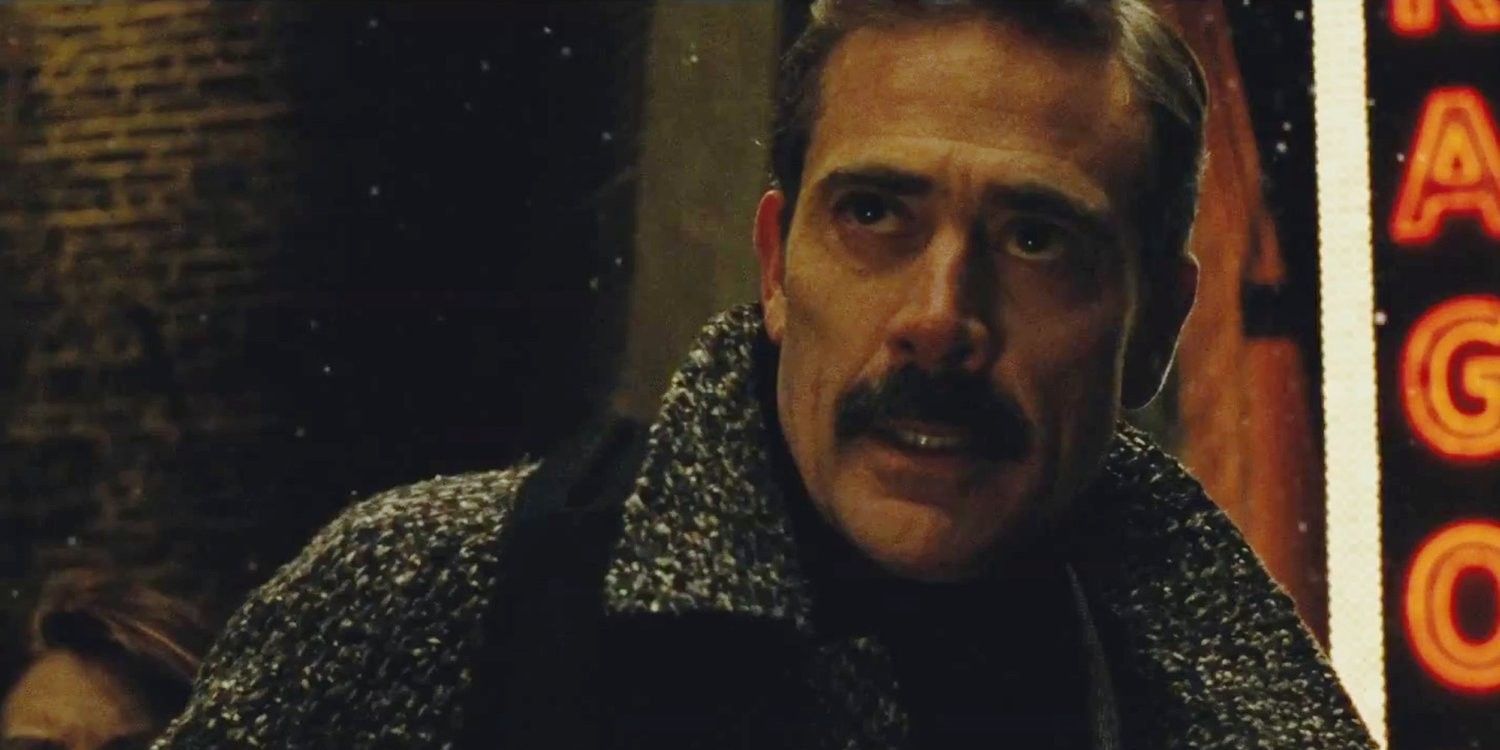
Zack Snyder’s Batman V Superman: Dawn of Justice begins its own interpretation of the Waynes’ deaths in very similar style to Tim Burton’s 1989 Batman movie. As the family depart the movie theater (a Zorro poster in shot), the camera moves in slow motion, with only a scant few echo-laced sound effects and a subtle, haunting score as accompaniment. These techniques closely mirror those of Tim Burton, giving Batman V Superman‘s flashback the tone of a distant memory, rather than something happening in the immediacy, as Nolan delivered previously.
While the approach might be familiar, Snyder throws in some fresh flourishes of his own. There’s a light snow during the flashback, which helps amplify the bittersweet contrast of a happily family outing ending in tragedy – this is clearly the festive season and a time for families to be together, but Bruce’s world is about to be torn apart forever. A much more significant difference comes when Jeffrey Dean Morgan’s Thomas Wayne immediately tries to fight back against Chill, but is shot before landing a punch. Lauren Cohan’s Martha then joins in, and endures a similar fate. While this might just be the duo’s The Walking Dead survival instincts kicking in, Thomas’ unusually rash reaction perhaps hints towards his rumored role as a vigilante in the planned DCEU adaptation of the Flashpoint comic arc.
While Batman V Superman‘s flashback scene is largely dialogue-free, Thomas does utter a single word on his deathbed: “Martha.” This obviously sets up the moment when Bruce and Clark go from being mortal enemies to best pals during the film’s final act, but still fails to make the payoff any less ridiculous. In a neat touch, however, Martha’s necklace is shattered by the firing of Chill’s gun.
Gotham
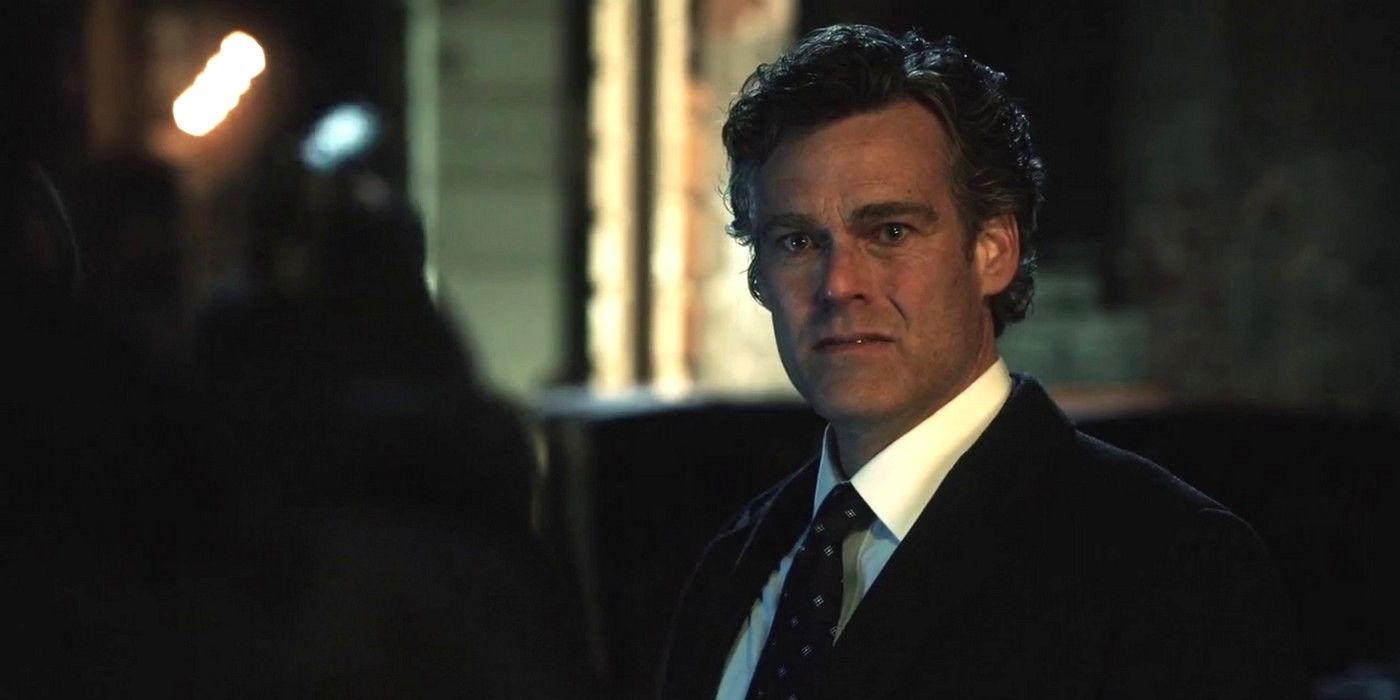
Since Gotham begins with the death of the Waynes, the TV series doesn’t depict the iconic event as a flashback, with the crime taking place very much in the present day. This means the scene is closer in style to Nolan’s films, playing out like any other sequence rather than feeling like a dredged up and dramatized reverie from Bruce’s mind. Also following Nolan’s lead, Gotham shows the family talking happily to each other before being attacked, with the trio discussing the movie they’d just enjoyed. Continuing with the Batman Begins influence, Gotham’s Thomas Wayne calmly follows his assailants demands, even when Martha is targeted.
Strangely, the mugger shoots Bruce’s parents even after depriving them of their cash and jewelry, and this is where the pilot episode indulges in some of the slow motion and reverberating noises first used by Burton, before quickly snapping back to reality.
Gotham adds some major story elements to the Wayne murders – the first real alterations to Batman’s origin since Joker was revealed as the shooter in Burton’s 1989 movie. Firstly, the entire incident is watched from above by Selina Kyle, a street kid who just happened to be in the area at the time. Selina’s presence during the shooting helps entwine her and Bruce’s lives at an early stage. In an even bigger deviation, Gotham reveals that Matches Malone killed the Waynes, rather than Joe Chill. However, Malone was merely contracted by a chain of bigger criminals that ultimately stopped with Hugo Strange, who wanted to kill Thomas so that the Wayne Enterprises boss wouldn’t stand in the way of Strange’s inhumane experiments.
Joker
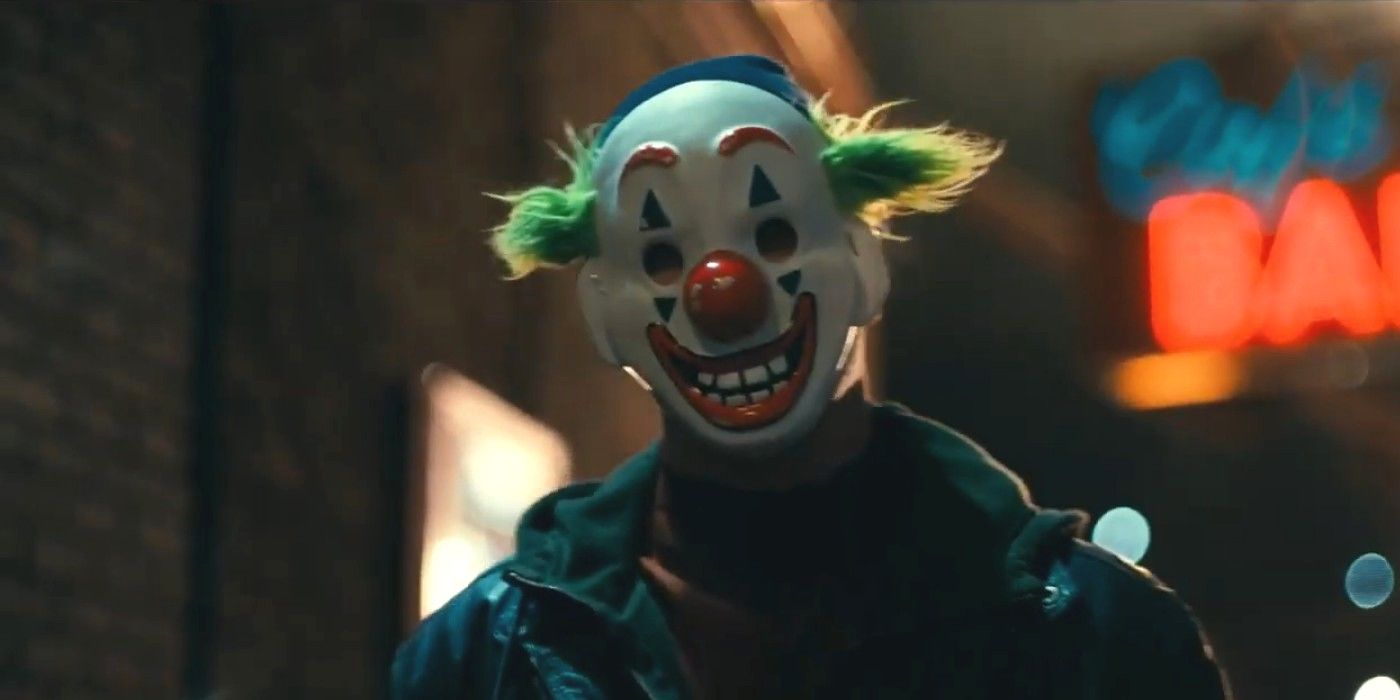
It’s perhaps fitting that the most radical superhero movie of all time delivers the most radically different version of Batman‘s origin. Discontent is rife within a corrupt and unjust Gotham City, leading Arthur Fleck to accidentally trigger a class war by killing a trio of arrogant city workers who accosted him on a train. With disgruntled Gothamites in clown masks causing havoc across the city, Fleck leans increasingly into his Joker persona and the movie culminates with the unstable clown executing a TV show host live on TV. While Fleck is arrested almost immediately, masked supporters liberate him from police escort and raise The Joker as the leader of their movement.
It just so happens that this is the night the Wayne family are out catching a movie, and one of Joker’s masked followers notices the wealthy family heading down a quiet alley, silently giving chase. The unnamed attacker executes Thomas Wayne on the spot, but rather than aiming for his wallet, the criminal simply shouts “you get what you f**king deserve” before also shooting Bruce’s mother and ripping her necklace with his firearm. In keeping with Joker‘s unflinching R-rated ethos, blood splatters all over Bruce’s face.
Joker‘s Wayne murder scene is so vastly different because the deaths come about purely as the result of a class struggle between rich and poor. One could argue that Joe Chill’s motives were indirectly the same (without an economic divide, Gotham wouldn’t have so much crime), but the ideology is made explicit in Joker. The other major difference in Todd Phillips’ film is that the deaths of Thomas and Martha Wayne are presented as little more than a sideshow to Arthur’s story. While this might not come as a huge surprise (just look at the title of the film), the portrayal of Batman’s origin as a background event makes the scene even more shocking for an audience conditioned to seeing Batman as the immovable center of the story.
In a neat cinematic cycle, Joker does have one significant trait in common with Tim Burton’s 1989 Batman Wayne murder scene – directly making The Joker responsible for the origin of the Batman.
